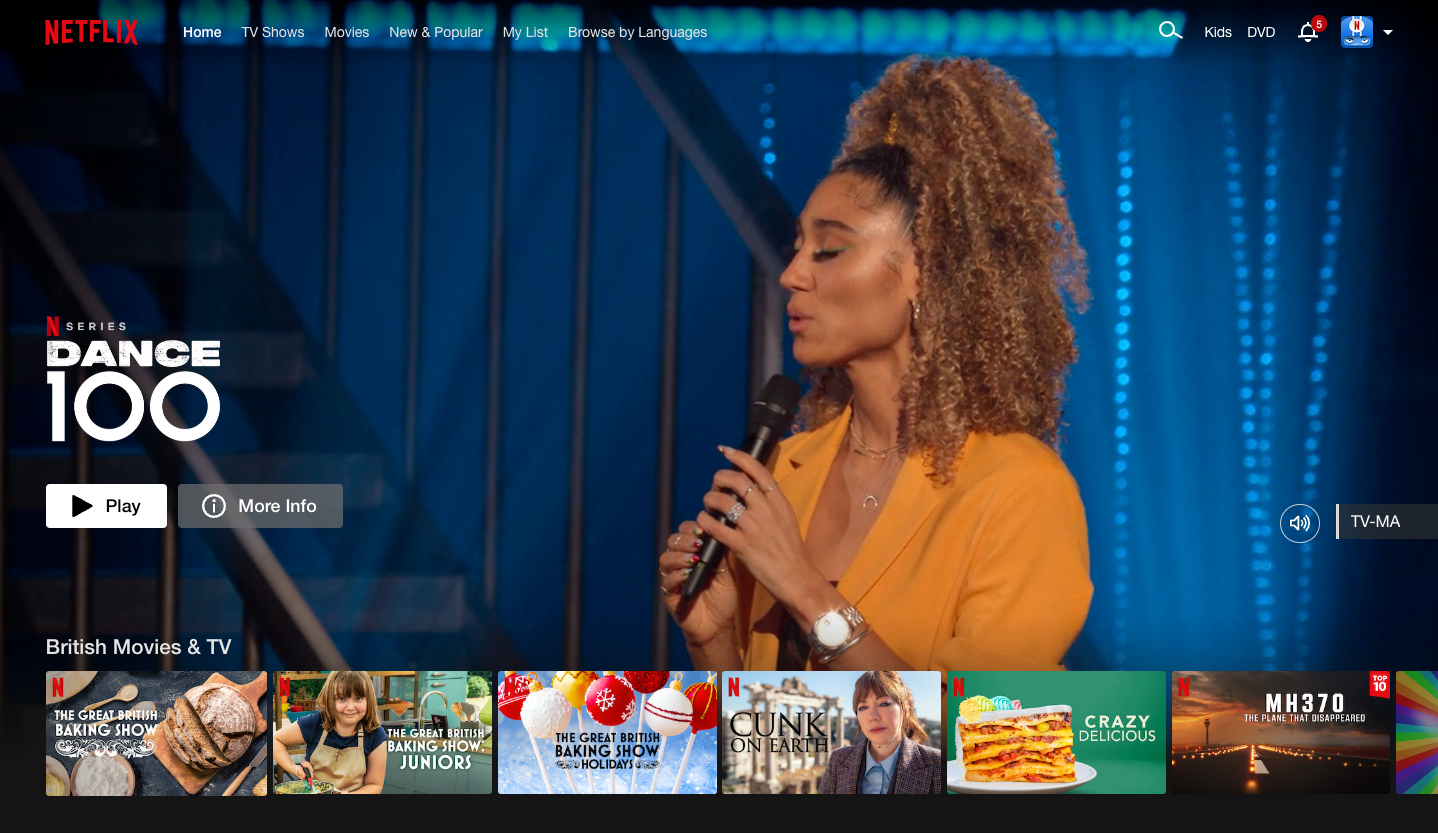Report: Netflix’s Ad-Supported Tier Hits 1 Million Domestic Users After Two Months, but Is That Total Good?

Expectations were high when Netflix launched its Basic with Ads subscription tier in November. However, early reports showed that the streamer’s ad-supported option was off to a slow start, leading the streaming giant to have to pay back money to some advertisers. Since then, the ad tier has reportedly picked up steam, but does the newest data tell the whole story?
In a new report from Bloomberg's Lucas Shaw, after the initial growing pains, the company’s ad-supported tier had grown to approximately 1 million customers in the United States after its first two months available to consumers. Though Shaw notes that the information is at least one month old, it indicates that since the new tier’s launch, the user base increased by more than 500% in the first month and by another 50% in the following month.
This is a marked improvement from data in a December report from research firm Antenna, which found the ad-supported tier was the least popular Netflix’s plan in the month of its launch. The data found only 9% of new Netflix sin-ups were for the “Basic with Ads” plan and only 0.1% of existing Netflix subscribers in the U.S. switched from an ad-free plan to the ad-supported tier in November.
This increase in customers has allowed the streamer to meet all of its delivery goals for advertisers so that it didn’t have to return any of the ad spends following the somewhat sluggish holiday rush.
While Shaw’s reporting indicates that the ad tier had 1 million domestic users, that doesn’t mean that 1 million people had actually signed up for it. Bloomberg’s information indicates that this month-old data includes multiple people on the same accounts — either via in-house profiles or password sharing — and is limited to just the U.S.
Though the streamer has been essentially stagnant when it comes to domestic subscriber growth for multiple quarters, analysts believe that the lower-priced tier could generate upwards of 30 million new subscribers moving forward, but it will take time to build familiarity with the ad-supported option and get people signed up.
Part of that has to do with the plan being so new. It can take time for an ad-supported tier to find its footing and carve out a niche in an oversaturated marketplace of streamers. It’s also worth noting that people may be hesitant to sign-up for Basic with Ads because it may take some time to work out the kinks. Upon launching, Basic with Ads didn’t work on Apple TV or Apple TV 4K devices.
Then, of course, there are drawbacks of the lower-cost option. Paying less for a streamer with reduced features may not be something everyone wants, as the title of Basic with Ads is somewhat deceptive. It’s not just the streaming service with ads interspaced throughout a show; it’s that certain titles have been removed due to licensing agreements, no simultaneous streams are permitted, and downloads for offline viewing are not available on the ad tier.
All of these factors contribute to why other streamers are able to boast better ad-supported numbers than Netflix. With obviously much longer runways, both Hulu’s and Peacock’s ad-supported tiers currently have more subscribers than Netflix, as do free streaming services like Tubi and Pluto — though since those are free services, they measure in active users instead of paying customers.
Meanwhile, both HBO Max and Disney+ claimed a higher percentage of new signups three months after their ad-supported launch than Netflix was able to according to data from Antenna. By the third month, 36% of Disney+’s new customers, and 21% of HBO Max’s, were opting for the ad tier, compared to Netflix’s 19%.
These figures will only come under more scrutiny as Netflix plans to roll out broader password-sharing measures. This crackdown was slated to take place at the end of this quarter, but with only a few days left, it’s unlikely these changes will be implemented. When the password-sharing crackdown does come to pass, Netflix could see a drop in subscribers. A new survey found that 35% of Netflix users will cancel their subscriptions if the password-sharing rules are enforced. While the fact that the ad-supported tier doesn’t allow simultaneous streams makes it difficult to share, this password crackdown could lead some users to opt for a low-cost subscription of their own.
Taken altogether, it’s still difficult to determine how successful Netflix’s ad-supported tier is just over four months into its existence. There has been conflicting data about the plan’s early trajectory, especially domestically, but given Netflix’s worldwide scope, there is still a lot of room for growth.
Netflix
Netflix is a subscription video streaming service that includes on-demand access to 3,000+ movies, 2,000+ TV Shows, and Netflix Originals like Stranger Things, Squid Game, The Crown, Tiger King, and Bridgerton. They are constantly adding new shows and movies. Some of their Academy Award-winning exclusives include Roma, Marriage Story, Mank, and Ma Rainey’s Black Bottom.
